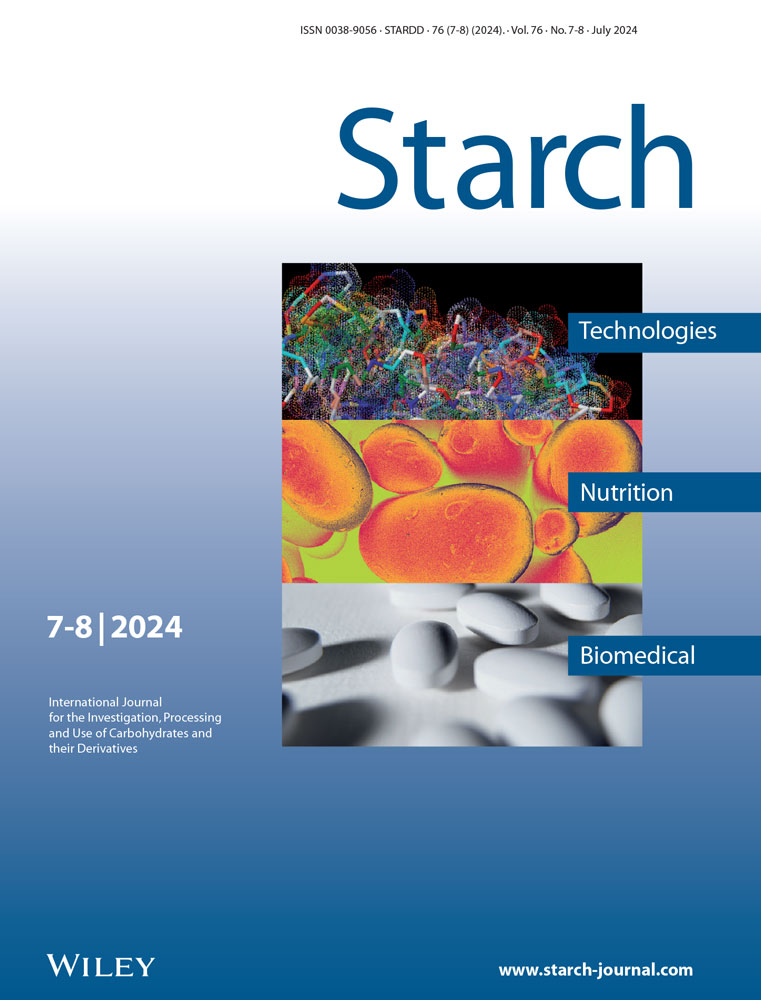Effect of Simultaneous Ultrasonication and Protease Treatment on Wet Milling of High-Amylose Corn
Abstract
The objective of this work is to study the effect of applying simultaneous ultrasonication and alkaline protease treatment to the wet-milling of high-amylose corn on improving the starch yield and reducing the starch protein content. After applying the optimal conditions of simultaneous ultrasonication and protease treatment to the wet milling, the starch yield is elevated to 61.3% and the starch protein content is decreased to 0.44% when compared to the conventional process (48.9% and 1.75%, respectively). High-amylose corn starch extracted using simultaneous ultrasonication and protease treatment has crystalline structure, relative crystallinity, pasting properties, thermal properties, and enzymatic digestibility similar to the one extracted from the conventional process. The results suggest that simultaneous ultrasonication and protease treatment are a friendly approach in improving the yield of high-amylose corn starch and reducing the starch protein content, causing no obvious change in starch physicochemical properties and enzymatic digestibility. This study provides useful information for scaling up simultaneous ultrasonication and protease treatment to industrial scale with minor modifications of the conventional wet-milling process.
Conflict of Interest
The authors declare no conflict of interest.
Open Research
Data Availability Statement
The data that support the findings of this study are available from the corresponding author upon reasonable request.




